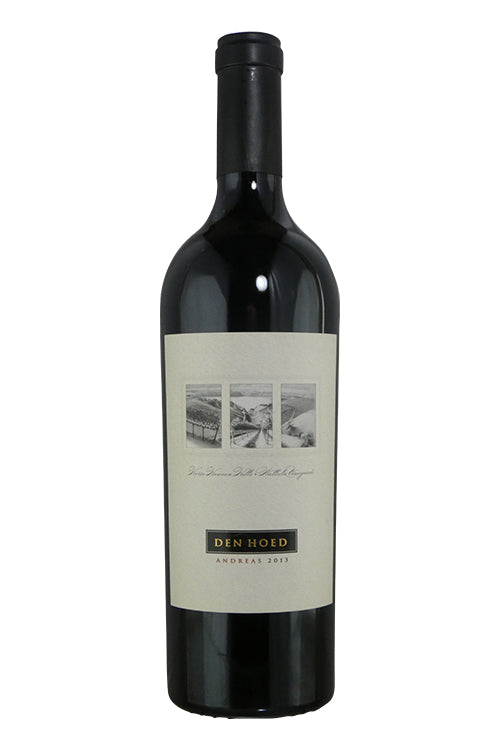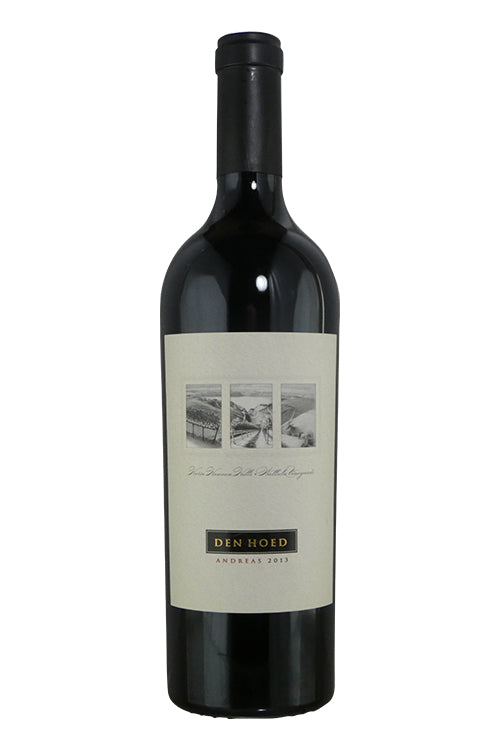1
/
of
1
Den Hoed Cabernet Sauvignon Andreas Wallula Vineyard - 2014 (750ml)
Den Hoed Cabernet Sauvignon Andreas Wallula Vineyard - 2014 (750ml)
Regular price
$119.99
Sale price
$119.99
Regular price
$119.99
Unit price
/
per
Availability:
1 In Stock
$25 Shipping on Orders +$299
Couldn't load pickup availability
Share :

- varietal
- Region
- Sub - Region
- Type
- Reviews
Product Review
When young, Corton-Charlemagne is pale gold in color with green highlights. As it ages, the color shifts towards yellow or amber. The bouquet, delicate in the extreme, features buttery notes of baked apple, citrus fruits, pineapple, lime, bracken, juniper, cinnamon, and flint. Honeyed notes are frequently present. The older vintages (25-30 years) reveal leather and truffle. Both the glass and the palate are filled with its powerful aromas. Corton-Charlemagne is an astonishing demonstration of what the Chardonnay grape is capable of in terms of richness, power, concentration, distinction and balance. Rarely do we see such a perfect synthesis between grape variety and “terroir.”
Maturation: This wine will keep a minimum of 10 years, and in great vintages will still be fresh after 50 years, if stored in good conditions
Serving suggestions: Corton-Charlemagne achieves a perfect balance between its remarkable acidity and its rounded opulence. It therefore demands refined and delicate dishes which nonetheless
Its adaptability to different soils and climates, and malleability in the wine room make Chardonnay one of the most popular and ubiquitous grapes. Responsible for some of the world’s most thrilling white wines wines including Champagne, it is in its homeland of Burgundy with villages such as Chablis, Meursault and Puligny-Montrachet that producers craft arguably some of the world’s finest wines. Chardonnay is also synonymous with California, where it can display riper, tropical fruit flavors, rather than the more restrained stone fruit and steely, mineral qualities often associated with its Old World and cool climate counterparts. While there are terrific fresh and vibrant Chardonnays made solely using stainless steel, the grape also knits terrifically well with oak, lending greater depth and weight in the form of a nutty, toasty and somtimes buttery component.
Two hundred miles south east of Paris lies the famous and historic wine region, known in French as Bourgogne. The Cote d'Or, the heartland of the region, consists of two distinct sub-regions split on either side of the town of Beaune.The Côte de Nuits to the north, includes the famous villages of Vosne-Romanee, Gevrey-Chambertin, and Nuits-Saint-Georges and are known primarily for making red wine from Pinot Noir.Although The Côte de Beaune to the south still makes some magnificent reds (see Volnay and Pommard), white wine made from Chardonnay is the main focus. The most famous villages are Puligny-Montrachet and Meursault. Burgundy has three other important regions. The village of Chablis (exclusively Chardonnay) encompassing the region's most northerly vineyards. The Côte Chalonnaise and Mâconnais to south are quantitatively speaking more important. Agriculture is more diverse with a significant portion of the land devoted to livestock and arable farming.
The grand cru land responsible for the wine wine made on the famous Corton hill. The wine made from Pinot Noir is simply labeled Corton. The hill is shared between Ladoix, Pernand-Vergelesses, and Aloxe-Corton, but with the later taking up the lions share, with 75% of the hills grand cru.
White wine is a wine whose color can be pale-yellow, yellow-green, and yellow-gold colored. The wine is produced from a variety of grape varieties. The flavor and color comes from the juice of the grape and sometimes the skin of the grape as well. Interestingly, not all white wine comes from white grapes. Some select red grapes are used as in Champagne.


